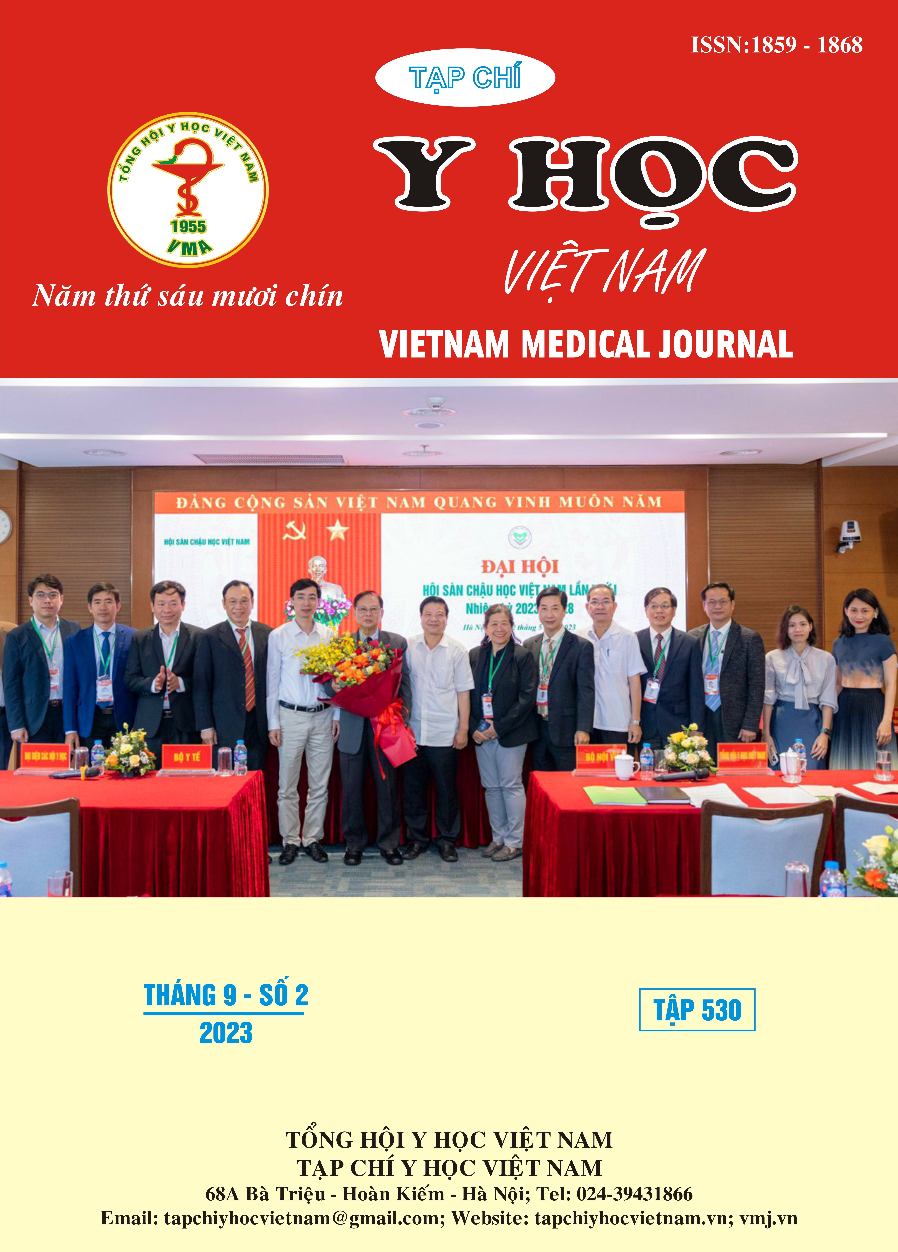SOME CLINICAL CHARACTERISTICS IN ADULT PATIENTS TREATED BY OPEN REDUCTION AND PLATE FIXATION FOR RADIUS AND ULNA SHAFT FRACTURES
Main Article Content
Abstract
Objectives: Investigation of some clinical characteristics in adult patients with radius and ulna shaft fractures treated by locking plate fixation. Subjects and methods: A retrospective study, from January 2016 to July 2019, at Military Hospital 175, on 63 patients with closed radius and ulna shaft fractures treated by open reduction and plate fixation. Results and Conclusion: In the study, the age of the patients ranged from 19 years old to 65 years old, the average age of the study group was 34.19 ± 12.63 years old. The male/female ratio was 3.2/1 with 15 female patients (23.81%) and 48 male patients (76.19%). The cause is usually traffic accidents, occupational accidents, daily-life accidents and sports accidents, in which the rate of traffic accidents is higher. The frequency of fracture of the left forearm was higher than that of the right, with the same level of fracture being 51 cases, accounting for 80.95% of fracture cases. Class B fracture according to AO classification accounts for 93.65%..
Article Details
Keywords
Radius and ulna shaft fractures, clinical characteristics, AO classification
References
2. Huỳnh Văn Lem (2016), Đánh giá kết quả điều trị phẫu thuật gãy kín hai xương cẳng tay ở người lớn bằng nẹp vít nén ép động tại bệnh viện đa khoa khu vực Hóc Môn, Luận văn bác sĩ chuyên khoa cấp II, Trường Đại học y khoa Phạm Ngọc Thạch.
3. Lê Ngọc Thường (2010), Đánh giá kết quả điều trị gẫy kín thân hai xương cẳng tay bằng phương pháp kết xương nẹp vít tại Bệnh viện Bưu điện, Luận án tiến sĩ y học, Học viện Quân y.
4. Nguyễn Công Trình (1995), Nhận xét 149 trường hợp gãy kín thân hai xương cẳng tay ở người lớn được điều trị tại bệnh viện Việt Đức trong 2 năm 1993 -1994, Luận văn thạc sĩ y học, Trường Đại học Y Hà Nội.
5. Bot A.G. (2011), “Long-term outcomes of fractures of both bones of the forearm”, The Journal of bone and joint surgery. American volume, vol. 93 (6), pp. 527-532.
6. Tran T.D. (2017), “The surgical outcomes of diaphyseal fractures of radius and ulna treated by plate and screws fixation in Vietnam”, Open Journal of Trauma, vol. 1, pp. 066-068.
7. Truntzer J. (2014), “Forearm diaphyseal fractures in the adolescent population: treatment and management”, European Journal of Orthopaedic Surgery & Traumatology, vol. 25, pp. 201-209.


